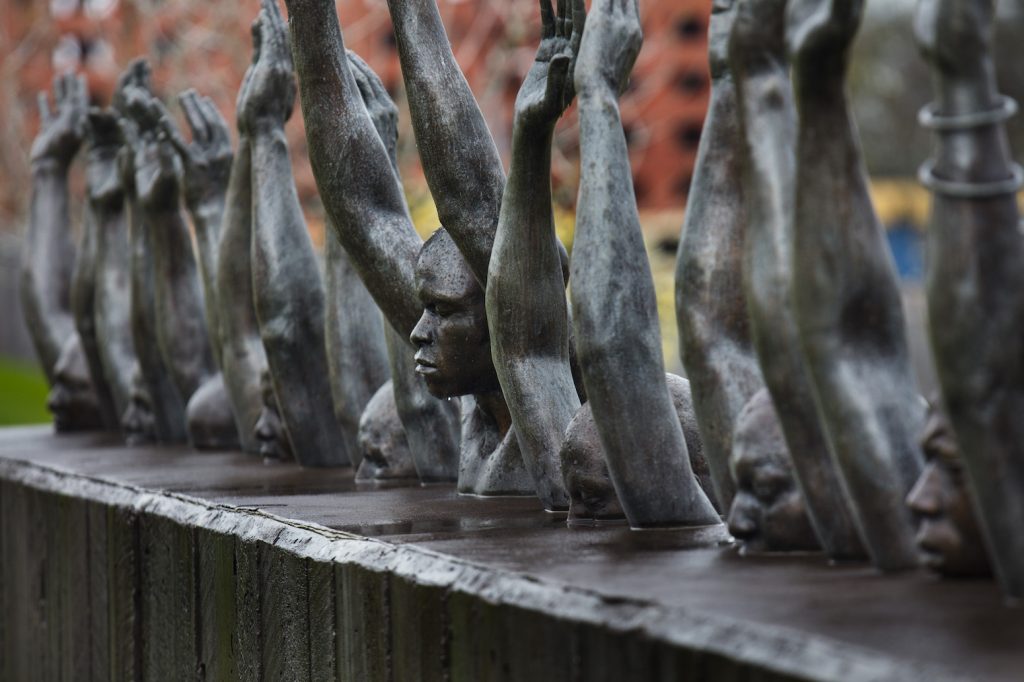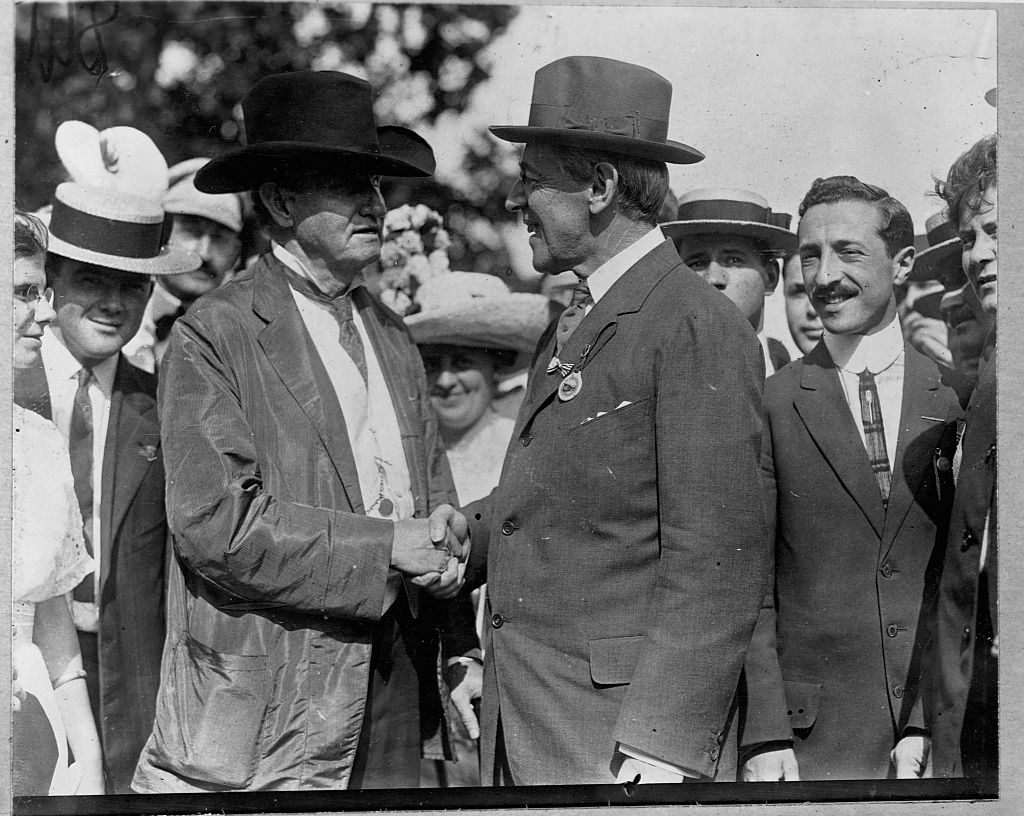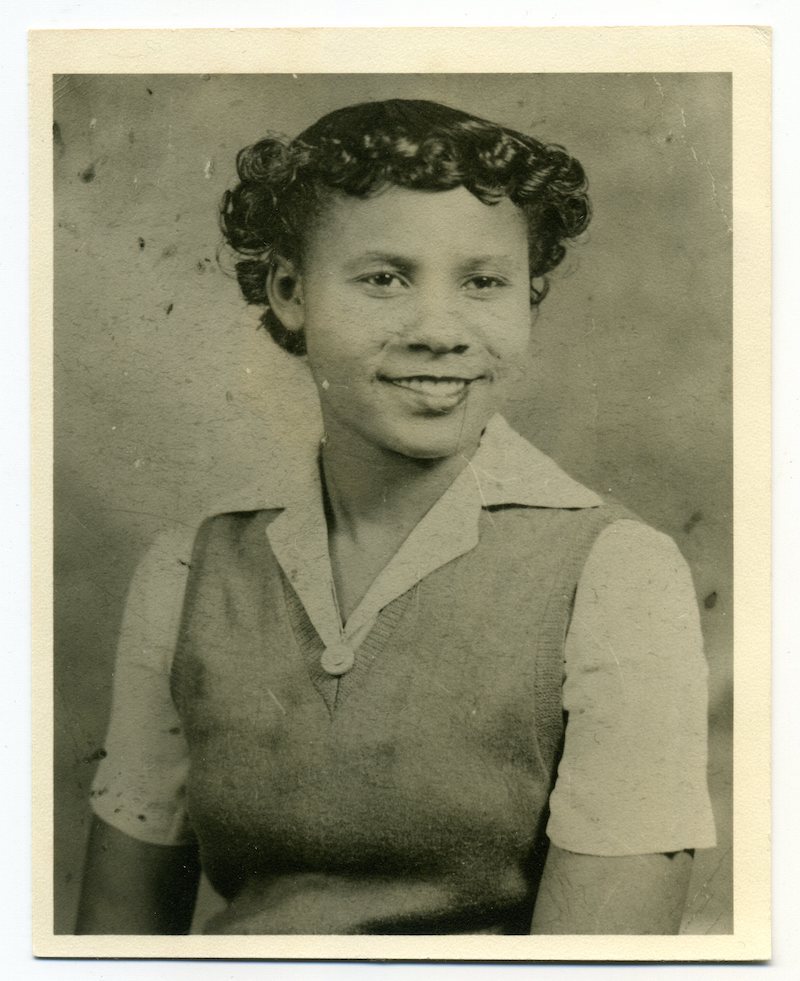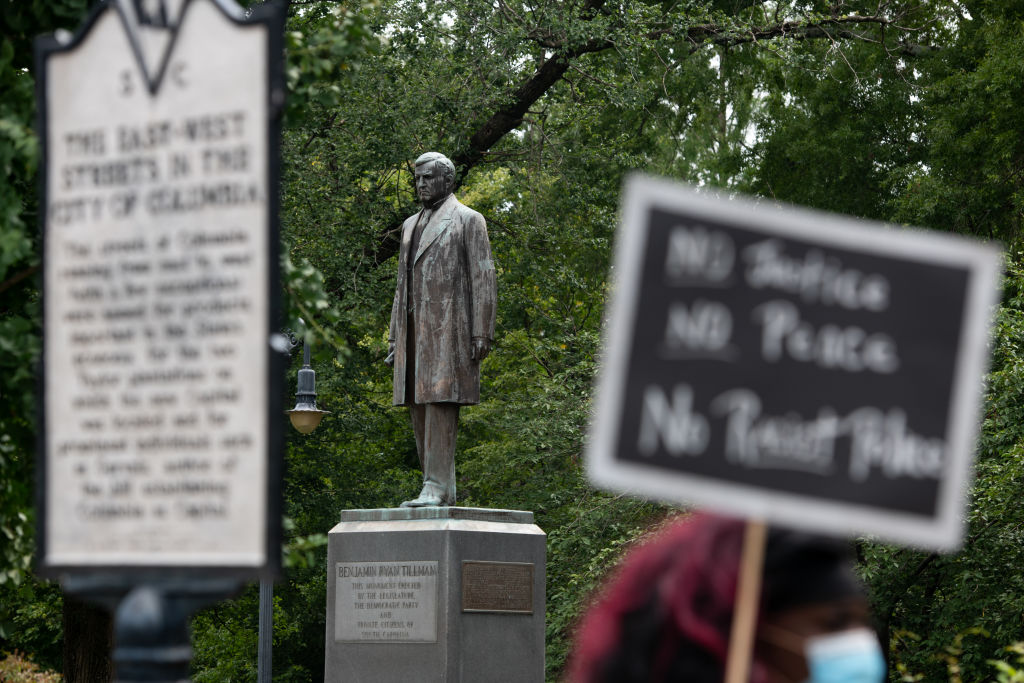How a Coerced Confession Shaped a Family History

Race: Black
Sex: Male
Crime: Assault [with] Intent to Ravish
Verdict: Guilty
This is how Cousin James is described in the July 14, 1930, court records from Edgefield, South Carolina. [1] [1] Some full names have been left off throughout this piece in order to protect people’s identities. The records omit his age, but James was 13 years old at the time. According to the handwritten documents, James “pleads guilty” to “intent to ravish”—a euphemism for rape. According to my mother, Bernice, her cousin had no other choice but to plead guilty to a crime he did not commit.
How did this happen?
The first thing you need to know about the case is this: Merdis S. was a White girl of about 8 years of age when James came to work for her father as a field hand at a farm in Edgefield.
Why, you might rightly ask, was a 13-year-old boy working in the fields and not in school? Well, first, let me tell you, dear reader, about the South Carolina James knew.
English settlers founded the first permanent colony in present-day South Carolina with enslaved Africans brought from Barbados in 1670. The town of Edgefield was founded in 1785, shortly after the American Revolution. By 1860, on the eve of the Civil War, Edgefield’s economic dependence on slavery had made it into the center of South Carolina’s cotton production. By 1917, when James was born, Edgefield, like the rest of the U.S. South, was amid the Jim Crow era that legislated racial segregation from the late 1870s to the start of the Civil Rights movement in the 1950s.
Public education, though segregated, existed throughout the South as fruit of the Reconstruction Era (1865–1877). But Black boys like James were often taken out of school, even earlier than Black girls, to be hired out to, and sometimes live on, White families’ farms. The wages were arranged by the adults.
James’ father, Ben (my mother’s father’s brother), was a sharecropper who exchanged his and his children’s labor for a portion—ideally, but rarely, half—of the White landowner’s income from the crop’s yield. Uncle Ben’s family depended on James’ wages, especially during lean winter months.
Another thing you need to know: James was born just one year before the death of Benjamin “Pitchfork” Tillman, a fellow Edgefieldian who was reelected as both state governor and U.S. senator. Tillman unapologetically championed white supremacy. He boasted about rewriting the State Constitution by “calmly, deliberately, and avowedly” revising it to disenfranchise Black residents under the law. Tillman also said he would “willingly lead a mob in lynching a Negro [sic] who had committed an assault upon a White woman.”
James’ world, then, was bounded by anti-miscegenation laws that prohibited and punished interracial sex, especially between a Black man and a White woman. For Tillman and other white supremacists, White women’s bodies needed to be kept “pure” because they held the key to reproducing or reducing the white ruling majority in U.S. racial politics.
That was the South Carolina James knew.
For me, James’ story started in the 1950s, at the tail end of the Jim Crow era. When I was growing up in North Philadelphia, my family members would recount his story between church services during long Sabbath afternoons. When we worked together in New Jersey, picking fruit in the blueberry fields for extra income, we talked about James.
My mother, Bernice, James’ first cousin, seemed to have the strongest memories, though my grandmother, aunts, and uncles all contributed to telling the story of “what they did” to James.
Before Bernice died in 2011, she tasked me with “writing-up” her life. After all, I was “her daughter, the anthropologist”—a university professor who had taught in Nigeria and the U.S., as she enjoyed telling anyone willing to listen. I had already featured her as a founding member of a storefront Seventh Day Sanctified church in Philadelphia in my historical ethnography Saved and Sanctified, so I had hours of audiotaped interviews to work with.
When it came time to start writing a book about Bernice, I was drawn to James’ story, in part because it was the one my family most repeated. Besides, it haunted me, like some piece of unfinished business.
What Had Happened: Bernice’s Story
The way Bernice tells it: Things were going along well for James as he was working for Mr. S.—until another White farmer offered Uncle Ben higher wages if James would leave Mr. S. and work for him. Uncle Ben took the deal. What father would not negotiate higher wages for his son, especially when they contributed to a poor sharecropping family’s limited income?
But shortly after Mr. S. learned that James would be leaving him to work for someone else, the trouble started.
According to Bernice, James was working in the field when he heard Mr. S.’s daughter, Merdis, crying. She had gotten caught up on a makeshift ladder while climbing up to the coop to collect eggs, and her leg was bleeding from a scratch near her thigh.
In one of my interviews with Bernice, she explained what happened next: “He went over and got her and took her down and was carrying her to the house. He said, ‘She was trying to get down, and she hurt her leg,’ and … gave her to her mother. And he went on back to the field.”
Bernice added that neither Merdis nor her mother accused James of doing anything to harm the girl. But after Mr. S. came home, “no one knows what was said or what was told but—,” Bernice trailed off.
Mr. S. dismissed his wife’s and daughter’s account outright. He reported the blood on Merdis’ leg to the Edgefield sheriff as proof that James had raped her.
A few days later, Mr. S. gathered some White men who lived nearby. They stormed Uncle Ben’s home, grabbed James, and took him into the woods.
Bernice’s father, Garland, risked his life by following the mob into the woods. The men were “talking about lynching him—killing him,” Bernice said.
But, unexpectedly, Mr. S.’s father stepped in and put a stop to it: “You’re not going to kill him. I’ll not have that blood on this family,” he said, according to my mother.
Bernice was convinced that had it not been for Merdis’ grandfather, the mob would have lynched James that night. She understood the grandfather’s actions as a tacit acknowledgment that James had not actually raped Merdis.
Still, the mob did not free him. This Black youth, and his community, had to be taught a fundamental lesson in white supremacy: Interracial sex was forbidden. If there was even a suspicion of transgression, it commanded severe punishment—if not at the hands of a lynch mob, then at the hands of the law. And for this legal process to succeed, a confession was necessary.
James’ story haunted me, like some piece of unfinished business.
Bernice recounted, “So, they tied James to a tree, hands down so he couldn’t do anything.” Bernice’s mother told her that “the people—even as far as three or four miles—heard him scream and cry, all night long.”
Telling me about how these grown White men “beat the confession out of him,” my mother’s face was expressionless, her voice flat. We shared a moment of stunning silence that said it all.
James was jailed in the capital, Columbia, until he appeared before the judge in Edgefield with his family present. When Bernice recounted the court scene, she would take on the persona of James. Her body slumped in exhaustion; her voice mechanically repeated “yes, yes” to each detail of the charge.
The court sentenced James to the Reformatory for Negro Boys in Columbia for “a period of nine years or until he is 21 years old.”
Bernice recalled that her father, Garland, exchanged letters with James and visited him in Columbia. James’ father, however, did not visit. Uncle Ben left town suddenly, for his own safety, after an altercation over a bale of cotton with the White landowner he was sharecropping with that year.
Once James had served his time, Garland picked him up at the reformatory, took him straight to the station and put him on the first train North. James joined his father, uncles, and the 6 million Black souls who between the 1910s and 1970s emigrated from the South to start a new life. The family ended up in South Philly’s “bloody” Fifth Ward, notorious for the poverty of its residents and the violent conflict between African Americans and European immigrants, stoked by ambitious politicians.
The July 18, 1930, edition of The Greenville News covered James’ case. All other cases heard that day “were against negroes [sic].” Three defendants, like Cousin James, were accused of assault and battery. Eula Padgett received three months for “assault and battery with intent to kill.” A different James, James Jones, received eight months for “assault and battery of a high and aggravated nature.” Cousin James was also charged with “assault and battery,” but in contrast to Padgett’s and Jones’ sentences of less than a year, James was sent to the reformatory “for nine years or until 21 years of age.”
How I wish I knew the particularities of the other two assault and battery cases as I attempt to understand the discrepancies in these rulings. Since all three defendants were Black, race alone did not seem to be a determining factor. I suspect that the supposed sexual nature of the crime James was accused of played a key role in this human tragedy.
Against South Carolina’s history of legislated white supremacy, and obsession with protecting White womanhood from Black sexual assault, the severity of his punishment is easily predictable. It is also easy to predict the severity of sentencing had James been White and Merdis Black.
The racial disparities in sentencing are stark: Between 1930 and 1939, when James was serving his sentence, South Carolina executed 68 prisoners. Seventy-four percent of those executed were Black, even though they made up, as a case in point, about one-third of the inmate population in 1930. Of the 68 executed prisoners, six were executed for rape or attempted rape. All were Black men. By contrast, no White men convicted for rape were executed during the same time period.
Looking at these racially skewed figures through the prism of James’ story, I wonder: How many of the Black prisoners actually committed the crimes they served time for or were executed for? Furthermore, if confessions were involved, had they been coerced?
In 2022, according to the American Civil Liberties Union, more than 50 percent of the people on South Carolina’s death row are Black, despite making up only 27 percent of the state’s general population. Nationwide, if Black people are convicted of a capital offense, they are far more likely to receive a death sentence in cases where the victim of the crime is White. One example is 14-year-old George Stinney Jr., sentenced to death by electrocution in 1944 after a two-hour trial and 10-minute jury deliberation. He was posthumously exonerated in 2014.
It is approaching 100 years since the state of South Carolina incarcerated Cousin James. For nearly a century, my ancestors have refused to forget, or let my generation forget, what the official record omitted: the history of legislated inequity; the bondage of sharecropping; the Black votes that Tillman boasted of stealing; the ever-present threat of lynching any time, day or night; and the looming reality that these routine terrors and daily injustices would go unpunished.
But how does one bear to recall and pass on such painful memories?
I find the strength to do so by remembering my ancestors’ gracious endurance and unfathomable determination. May the national narrative follow a similar process of reckoning with such truths so that, never again, will a 13-year-old boy be incarcerated for a crime he did not commit.
































